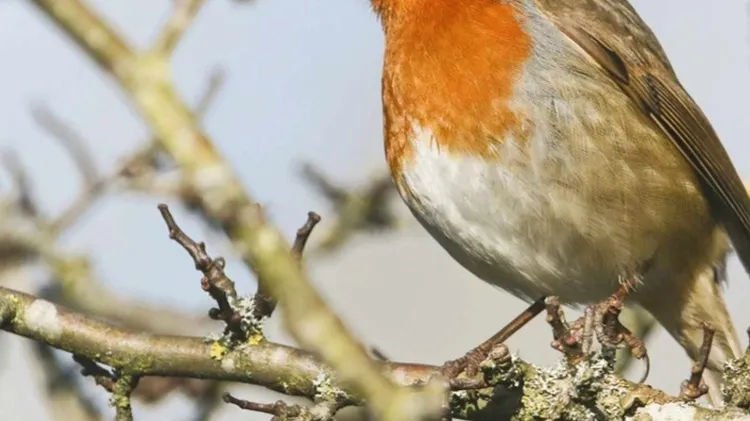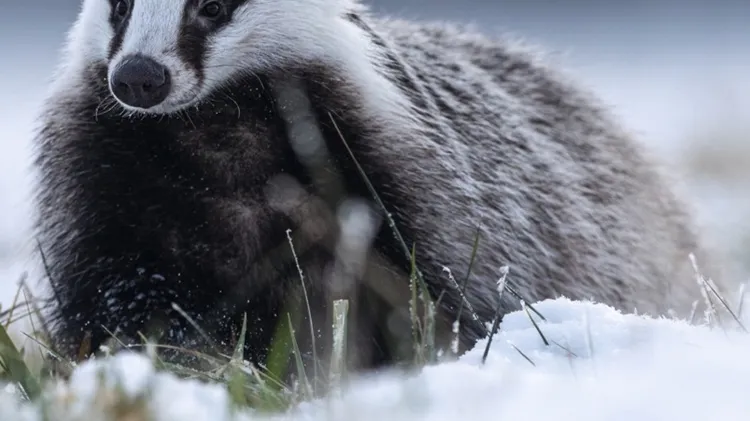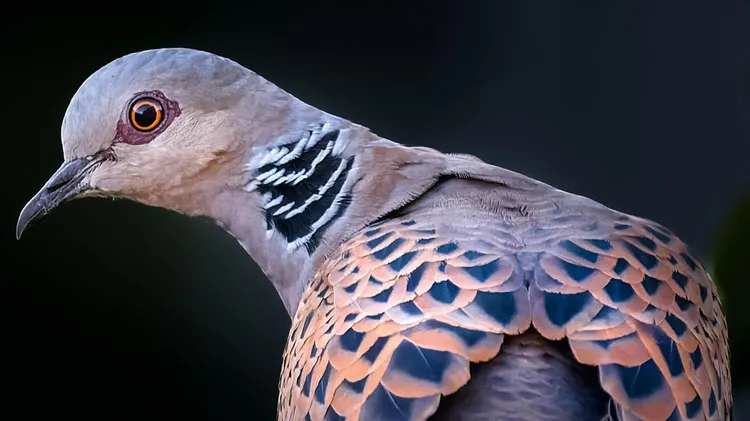A glimpse into the secret life of the mandarin duck – a shy but beautiful bird
Mandarinmagic
9 min read
This article is from...
Read this article and 8000+ more magazines and newspapers on Readly






